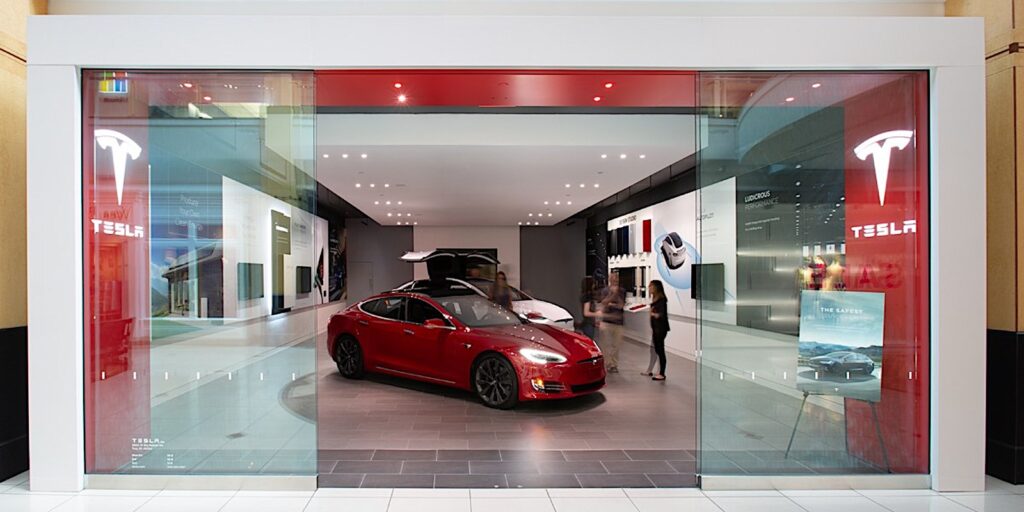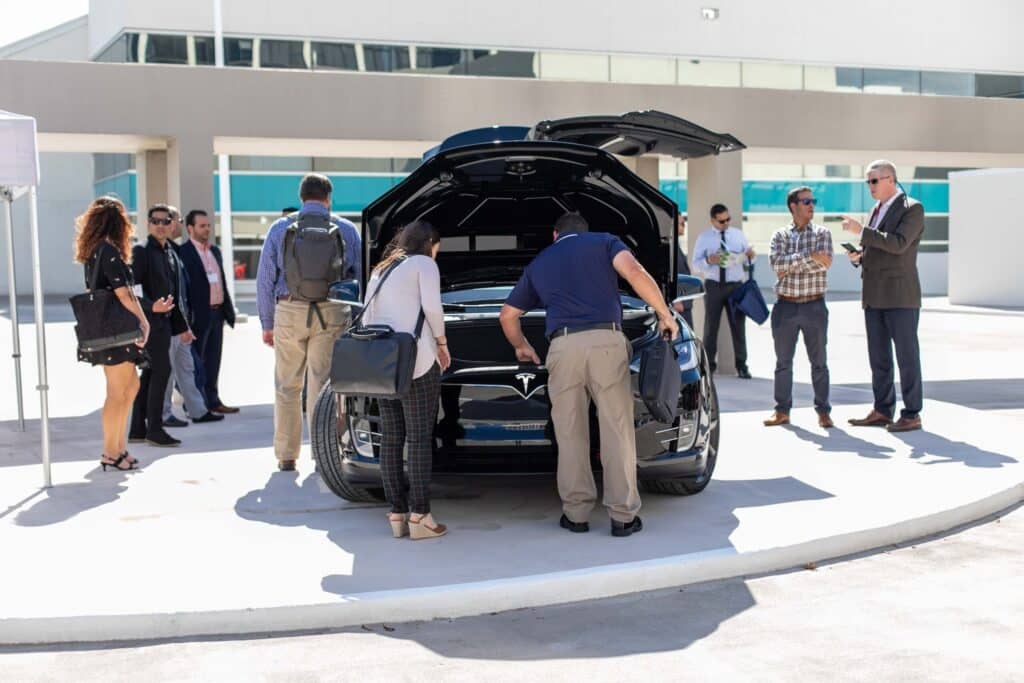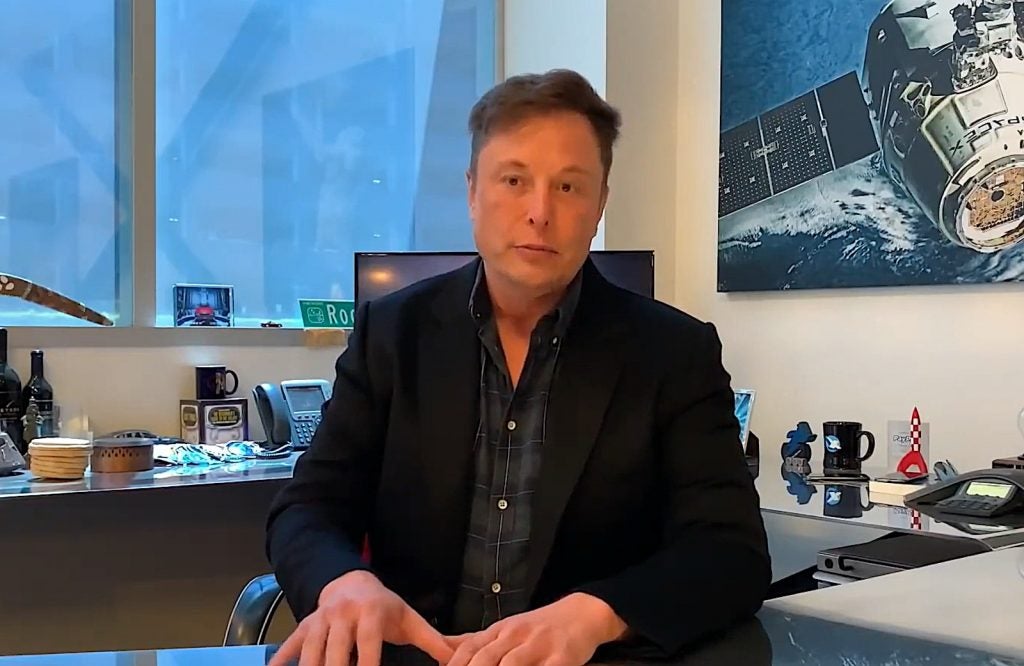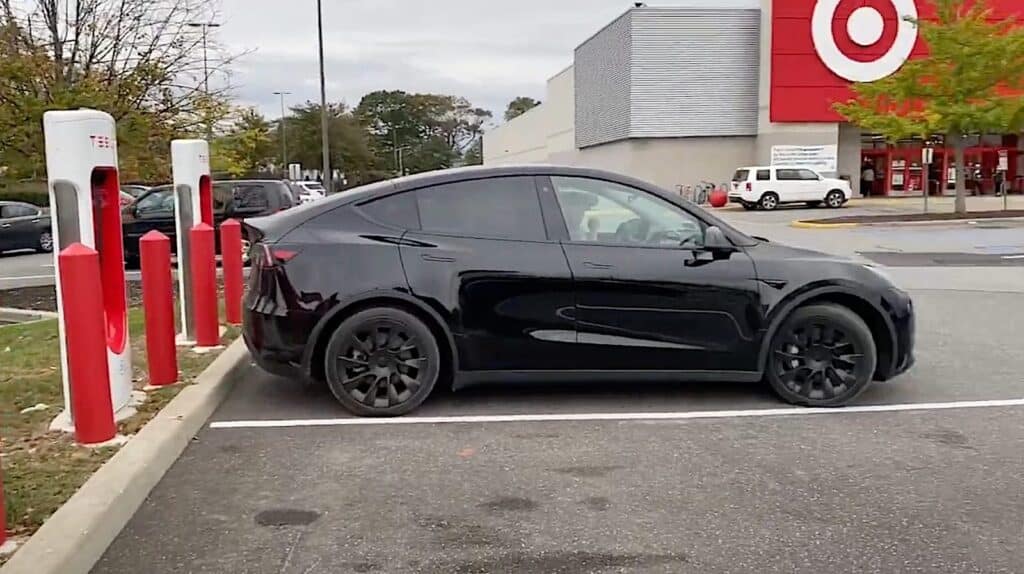Tesla’s decision to slash prices on its entire line-up has shaken the Earth under the entire automotive industry, and opinions differ about why the company decided to cut prices and what the end result may be. The company had been steadily raising prices during the past few years as sales trended upwards, so why cut prices now?

One argument for cutting prices is that the Inflation Reduction Act imposed price caps for the $7,500 Federal tax credit. Vehicles with an MSRP above $55,000 for passenger cars and $80,000 for trucks and SUVs were not eligible for the new credits that took effect this year.
By cutting prices on the Model 3 and Model Y Long Range, Tesla ensured that its volume selling vehicles would continue to be eligible for the credits. As new EVs enter the U.S. market, the new tax credits could provide an incentive to buy other brands if Tesla didn’t qualify.
Secondly, those competing EVs, such as the newer offerings from Kia and Hyundai, resulted in softening demand for Tesla products. Tesla does not adhere to the industry habit of making major changes based on model year, which means that its product portfolio can be viewed as aging.
The drop off in demand was reflected in Tesla’s idling of its Shanghai manufacturing plant in December. That’s a big problem because Tesla’s roughly 65% market share for EVs in the United States has been a main pillar of support for the company’s stock price, which has been battered and fallen during the past year. By reducing prices, the company pumped up demand, or at least consideration.
According to industry analysts at Edmunds.com, the number of research inquiries about Tesla products spiked after the cuts were announced. Edmunds stated that the Tesla Model Y was the second most-searched vehicle on their site, coming up from 70th position before the cuts were announced.

Used car dealers and recent customers got screwed
One of the advantages of Tesla’s direct sales model is that the company can control the price of a new Tesla without any outside interference. There are no dealers to put five-figure “market adjustment” markups on a popular vehicle.
However, Tesla doesn’t control the pre-owned market, and as prices for used cars approached new highs over the past couple of years, used car dealers were able to cash in on Tesla’s popularity in that segment.
When Tesla cut prices, they cut the legs out from under that late model used car market. Combined with available inventory of new Teslas, the value of a used Tesla went down at least as much as the price cut, or more considering the increased serviceable available market of a lower-priced new car. Some used vehicle dealers reported the value of pre-owned Teslas on their lots dropped by $9,000 overnight. In many cases, that left used car dealers who paid top dollar for a desirable flagship on their lot underwater with the cars.
The fates of used car dealers are not a concern for automakers, but there was another group that took a punch to the nose: recent Tesla customers. Those who paid the higher price for their cars in the days and weeks leading up to the price cuts were not offered a refund of the price difference, yet they saw the value of their still-new Teslas drop by thousands of dollars. Many are understandably bitter about that, and due to Tesla’s direct sales, there’s not even a dealer network to absorb the anger at the company.

A power move?
There’s another way to look at the price cuts, however, and that’s as a power move by Tesla to hobble its competition. Broadly speaking, Tesla’s competitors can be divided into two sets: startups and established automakers. Of the two, the startups are much more seriously affected.
Startups that are not yet profitable or established saw their financial projections and pricing strategies thrown into turmoil. New automakers such as Rivian , Lucid and VinFast now have to compete with lower prices from the industry leader, making it that much more difficult to sell vehicles and become profitable. Neither Rivian nor Lucid is yet profitable, and both report Cost of Goods Sold (COGS) at 2.5 to 2.7 times current revenues.
As reported by Reuters, “Tesla’s move will ‘strengthen their … competitive advantage over other automakers,’” CFRA Research analyst Garrett Nelson said. Other analysts have predicted that a shakeout could occur during the next 12 to 18 months if these companies miss their financial targets. The situation was called, “a Game of Thrones battle” for EV startups by Wedbush Securities analyst Daniel Ives.
Against the established automakers, Tesla’s price cuts will force a reevaluation of their own pricing strategies. Chevrolet already cut the price of its Bolt and Bolt EUV, which are the most affordable EVs on the market. It’s possible that Tesla decided it had to follow Chevrolet’s lead to maintain market share.

Regaining control of the narrative
There’s another explanation that’s less tangible, but not less compelling. Tesla’s stock price has taken a beating during the past several months, at least in part because investors have noted that Tesla CEO Elon Musk has been neglecting the company as he pursued a personal project to purchase and remake social media giant Twitter in his own image.
In the process, he made himself a politically charged figure with a decidedly right-wing activist image. That image has certainly turned off many of the urban/suburban, college-educated buyers who typically purchase Tesla products. Also, Tesla and Musk have both faced very public legal trouble with the firm’s Full Self-Driving technology and Musk’s public statements in 2018 about taking the company private.
Tesla’s price-cutting move could reignite interest among the company’s core buyers, which in turn could restore the company’s image as an attractive stock with rising prospects. But just as importantly, this action has handed control of the Tesla narrative back to the company, and away from declines in the stock market and questions about the CEO’s attention span. Tesla now appears to be back in the driver’s seat, instead of spinning out of control.
- SEO Powered Content & PR Distribution. Get Amplified Today.
- Platoblockchain. Web3 Metaverse Intelligence. Knowledge Amplified. Access Here.
- Source: https://www.thedetroitbureau.com/2023/01/tesla-price-cuts-affect-broader-automotive-industry/



